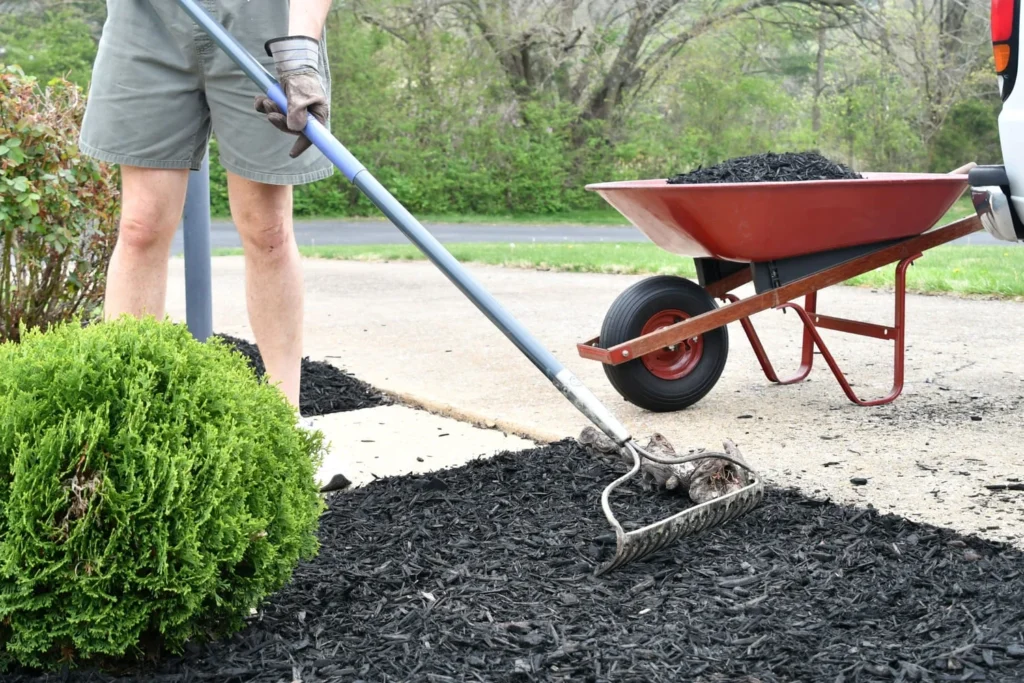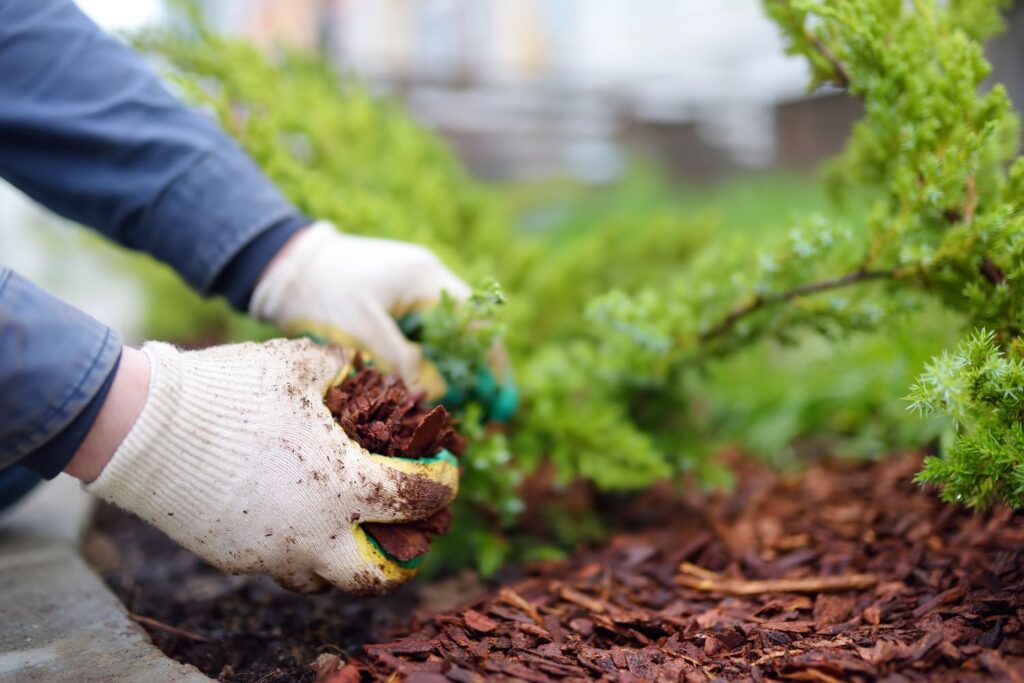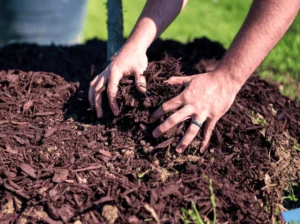Gardening is more than planting seeds and waiting for them to grow. To maintain a healthy, thriving garden, one essential practice is mulching. By learning and applying effective mulching techniques, you can transform your soil, protect your plants, and reduce maintenance.
In this article, we’ll explore why mulching is important, the different types of mulching techniques, and how you can apply them for maximum garden success.
What Is Mulching and Why Is It Important?
Mulching refers to covering the soil surface around plants with organic or inorganic materials. The purpose of this practice is to improve soil quality, retain moisture, regulate temperature, and suppress weed growth.
When applied correctly, mulching techniques create a protective layer that enhances both plant health and the overall sustainability of your garden.

Benefits of Mulching Techniques
Using the right mulching techniques provides numerous benefits:
- Moisture retention – Mulch reduces water evaporation, helping soil stay hydrated for longer.
- Weed suppression – A proper mulch layer prevents weed seeds from receiving sunlight.
- Soil temperature regulation – Mulching keeps roots cooler in summer and warmer in winter.
- Nutrient enrichment – Organic mulch decomposes, enriching the soil with essential nutrients.
- Erosion control – Mulch prevents soil erosion during heavy rains.
- Aesthetic appeal – It adds a clean, professional look to garden beds and landscapes.
Organic Mulching Techniques
Organic mulches are made of natural, biodegradable materials that improve soil fertility as they break down. Some popular mulching techniques with organic matter include:
🌿 Wood Chips and Bark
Wood-based mulch is excellent for trees, shrubs, and perennial beds. It suppresses weeds effectively and lasts a long time.
🍂 Leaf Mulch
Fallen leaves can be shredded and applied as mulch. This is a cost-effective, eco-friendly solution that improves soil structure.
🌱 Grass Clippings
Grass mulch is readily available and great for vegetable gardens. However, it should be applied in thin layers to prevent matting.
🌾 Straw and Hay
These materials are ideal for vegetable gardens. They keep soil cool, prevent erosion, and add organic matter as they decompose.
🌰 Cocoa Shells
Besides adding nutrients, cocoa mulch has a pleasant aroma. It’s best suited for ornamental beds, though it can be toxic to pets.
4. Inorganic Mulching Techniques
Inorganic mulch does not decompose but still provides excellent weed suppression and moisture retention. Some common mulching techniques with inorganic materials include:
🪨 Gravel and Stones
Perfect for decorative landscapes and areas with drainage needs. They don’t enrich soil but are long-lasting.
🖤 Black Plastic Mulch
Frequently used in commercial farming, plastic mulch retains heat, controls weeds, and helps crops grow faster.
🌐 Landscape Fabric
A breathable fabric that allows water to pass through while preventing weed growth. It’s often combined with gravel or bark mulch.
Choosing the Right Mulching Technique
Not all gardens benefit from the same type of mulch. The choice depends on your climate, soil type, and the plants you’re growing.
- For vegetable gardens, straw and grass clippings are excellent.
- For ornamental beds, bark mulch or decorative stones work well.
- For fruit trees, wood chips are ideal.
- For dry regions, gravel mulch may help retain soil structure.
Before deciding, always consider both the functional benefits and the aesthetic appeal of your mulching technique.
Common Mistakes in Mulching Techniques
Even though mulching is simple, many gardeners make mistakes that can harm plants instead of helping them. Avoid these common errors:
- Mulch volcanoes – Piling mulch high around the base of trees can cause rot.
- Too thick a layer – More than 3–4 inches can suffocate roots.
- Using fresh mulch – Materials like fresh wood chips may rob nitrogen from the soil.
- Ignoring pests – Some organic mulches attract insects if not monitored.
By applying mulching techniques correctly, you can prevent these issues and enjoy long-term garden health.
Seasonal Mulching Tips
The effectiveness of mulching techniques can change with the seasons. Here’s how to adjust:
- Spring: Apply mulch to lock in moisture and prevent early weeds.
- Summer: Use mulch to regulate soil temperature and protect plants from heat stress.
- Fall: Add organic mulch to prepare the soil for winter.
- Winter: Mulch provides insulation, protecting roots from frost damage.
Sustainable Gardening and Mulching
Sustainability is a growing concern among gardeners and landscapers. By choosing eco-friendly mulching techniques, you can reduce waste and create a more balanced ecosystem. Compost, shredded leaves, and other natural materials enrich the soil while reducing the need for chemical fertilizers.
Mulching Techniques as the Foundation of Garden Success
Whether you are maintaining a small backyard garden or managing a large landscape, mastering different mulching techniques is essential. From controlling weeds and conserving water to enriching soil and enhancing aesthetics, mulching is one of the most powerful tools in gardening.
By applying the right mulching techniques for your plants and climate, you can create a sustainable, thriving, and low-maintenance garden.
👉 Remember: healthy soil is the foundation of healthy plants, and mulching is the key to keeping your soil alive and productive.














